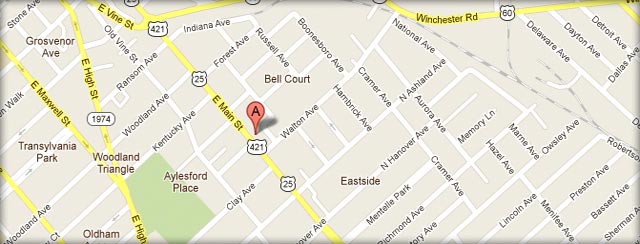- ATV accidents
- Brain Injuries
- Bus Accident
- Car Accidents
- Construction Accident
- Distracted Driving
- Drugged Driving Accident
- DUI
- Firm News
- Mass Tort
- Medical Malpractice
- Motorcycle Accidents
- Pedestrian Accidents
- Personal Injury
- Product Liability
- Safety
- Social Security Disability
- Truck Accidents
- Vehicle Accidents
- Workers Compensation
- Workplace Injuries
Fatigued driving is a serious safety issue here in Kentucky and across the U.S. According to a National Highway Traffic Safety Association (NHTSA) report, in recent years there have been about 56,000 car accidents annually in which driver drowsiness/fatigue was cited by police. Annual averages of roughly 40,000 nonfatal injuries and 1,550 fatalities result from these crashes.”
NHTSA has identified three populations that are at the highest risk for fatigue accidents:
- Young people (ages 16 to 29), especially males;
- Shift workers whose sleep is disrupted by working at night or working long or irregular hours;
- People with untreated sleep apnea syndrome (SAS) and narcolepsy.
The NHTSA also noted that anyone who is tired runs the possibility of being a “drowsy driver.”
Accidents involving fatigue may be identified by several characteristics: (a) the problem occurs during late night / early morning or midafternoon; (b) the crash is likely to be serious; (c) a single vehicle leaves the roadway; (d) the crash occurs on a high-speed road; (e) the driver does not attempt to avoid a crash; or (f) the driver is alone in the vehicle.
Kentucky has recognized drowsy drivers as a problem and recently made a push by law enforcement officials to crack down on weary drivers in central Kentucky, according to wkyt.com.
According to the report, State Police said that fatigued drivers can be just as dangerous as impaired drivers and a fatigued driver can look a lot like a driver under the influence.
Truck drivers are considered one of the high risk populations for possible “drowsy driving.” The reason: they may spend hour upon hour behind the wheel without a break – sometimes in violation of federal “Hours of Service” trucking regulations.
“Sometimes their log books may not match up. And they may have actually been driving over their allotted amount of time,” said Officer Chad Mayes, who is also with Kentucky state police commercial vehicle enforcement division.
The NHTSA is focusing on three initiatives to reduce the number of accidents caused by drowsy drivers: educating drivers (particularly young males) about how to reduce lifestyle-related risks; promoting shoulder rumble strips; and educating shift workers, like truck drivers and nurses, about how to reduce the risks of drowsy drivers.

